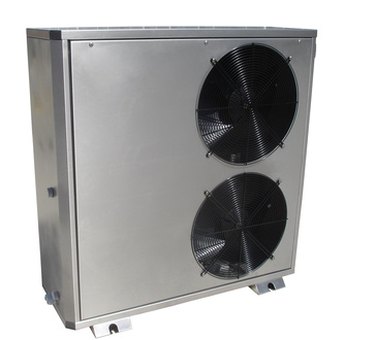
HVAC, or Heating, Ventilation and Air Conditioning, systems rely on dampers to help control indoor temperatures. They can also be shut in unused rooms to save energy costs or opened wide to allow more air flow into one area that needs additional heating or cooling. In addition to offering different types according to function, dampers also feature different styles, different leak ranges and how the damper is controlled. Picking the right HVAC damper initially requires narrowing down the different types according to its function.
Zone Control
Video of the Day
Zone control dampers play a part in a much larger zone control HVAC system. This system controls the dampers to determine how each zone is heated and cooled. The use of motorized modulating dampers allows the system to control the air flow automatically.
Video of the Day
Back Draft
A back-draft damper allows air to travel one way without traveling the opposite way. These dampers are often circular and are balanced according to what direction they are positioned on the wall so that gravity creates a natural seal. At the same time, they are designed to open as air pushes against it from the correct direction and close when that airflow is cut off to prevent any air returning from the other direction.
Economizer
Economizer dampers work as part of a larger economizer HVAC system. The system is geared toward allowing outside air into a building for cooling purposes and to save money by cutting energy costs. The economizer system generally includes two dampers. The outside air damper allows outside air into the system, while the return air damper lets recirculated air back into the system.
Face and Bypass
Face and bypass dampers work in conjunction with a cooling coil to regulate temperature. Bypass dampers can bypass airflow once temperatures reach levels that are higher or lower than the set temperature. Cutting off air flow to the cooling coil raises the air temperature, while opening the bypass damper cools air across the coil.